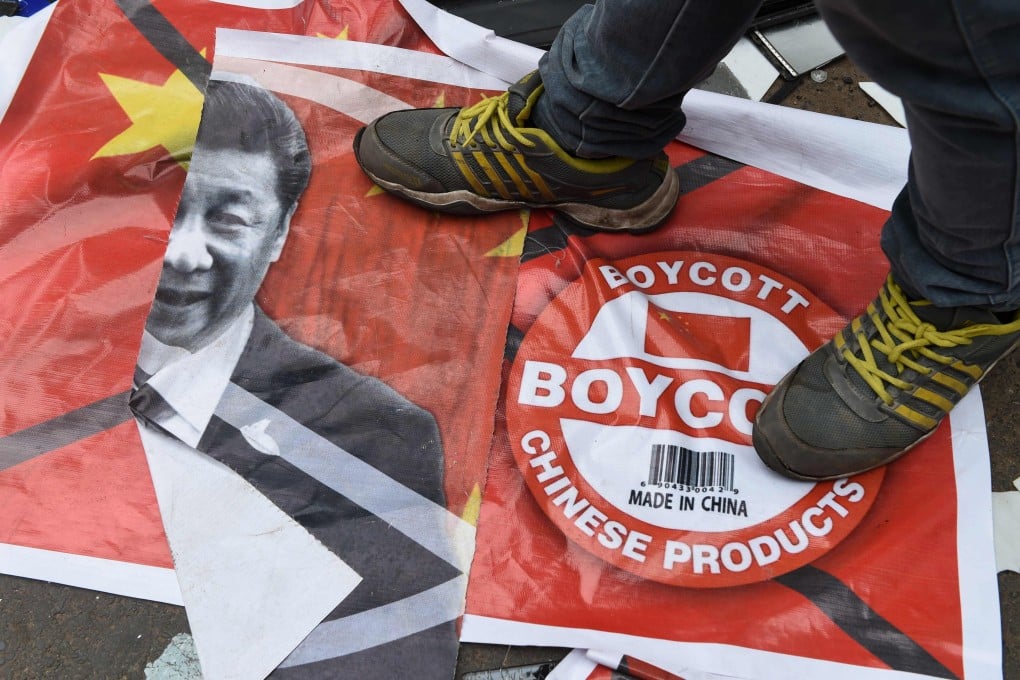Advertisement
Can BRICS bloc overcome China-India border fight to cement solidarity among developing nations?
- If border conflict does not ease, the credibility of emerging economy group may take a hit, says analyst
- Russia called in as mediator, echoing role played in 2017 Doklam stand-off between China and India
Reading Time:3 minutes
Why you can trust SCMP

Over the past decade, Indian Prime Minister Narendra Modi and Chinese President Xi Jinping have held hands at the annual BRICS summit, a gathering of the world’s emerging economies led by Brazil, Russia, India, China and South Africa.
However, no public displays of unity are expected this year while relations between India and China are in free fall over the worst border dispute in decades.
The parallels between the Doklam stand-off in 2017 and the present conflict are revealing. On June 16, 2017, Chinese troops arrived with construction vehicles and road-building equipment to extend a road on Doklam, a plateau wedged in between China, India and Bhutan. Two days later, Indian troops arrived with weapons and bulldozers to stop the construction.
On June 16 this year, a violent clash between Chinese and Indian forces in the Galwan Valley in the disputed Ladakh region ended, with at least 20 Indian soldiers later confirmed dead.
Advertisement
“Following the Doklam stand-off, there was a lot of talk in India that Modi might not go to the summit,” said Dr Rajan Kumar, associate professor of international relations at Jawaharlal Nehru University in New Delhi.
The key difference this time is the intensity of the conflict, which has produced the first combat fatalities since 1962. Experts say relations between both countries will go past a point of no return if there is no permanent solution to the border dispute.
Advertisement
“Right now the mood in India will not allow business as usual with China, in any sector,” said Madhav Nalapat, a professor of geopolitics at India’s Manipal Academy of Higher Education.
Advertisement
Select Voice
Choose your listening speed
Get through articles 2x faster
1.25x
250 WPM
Slow
Average
Fast
1.25x